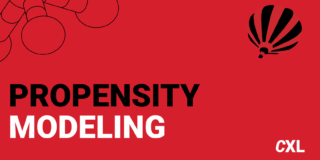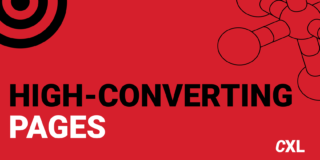Fear and Greed in Marketing: What Drives Human Behavior?

Fear and greed are two of the three great forces in the world, according to Einstein (the third is stupidity).
They’re also two triggers that not only stock markets (in the form of the Fear & Greed index), but also marketers and copywriters have been well aware of for years.
That’s because they are powerful emotions that, when used properly, drive people to take action.








